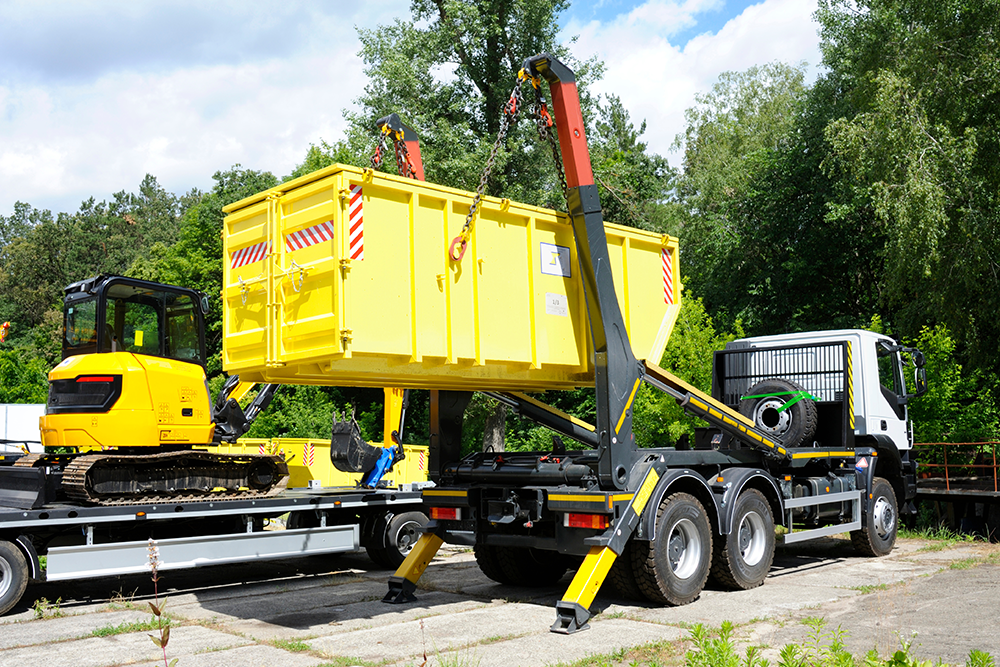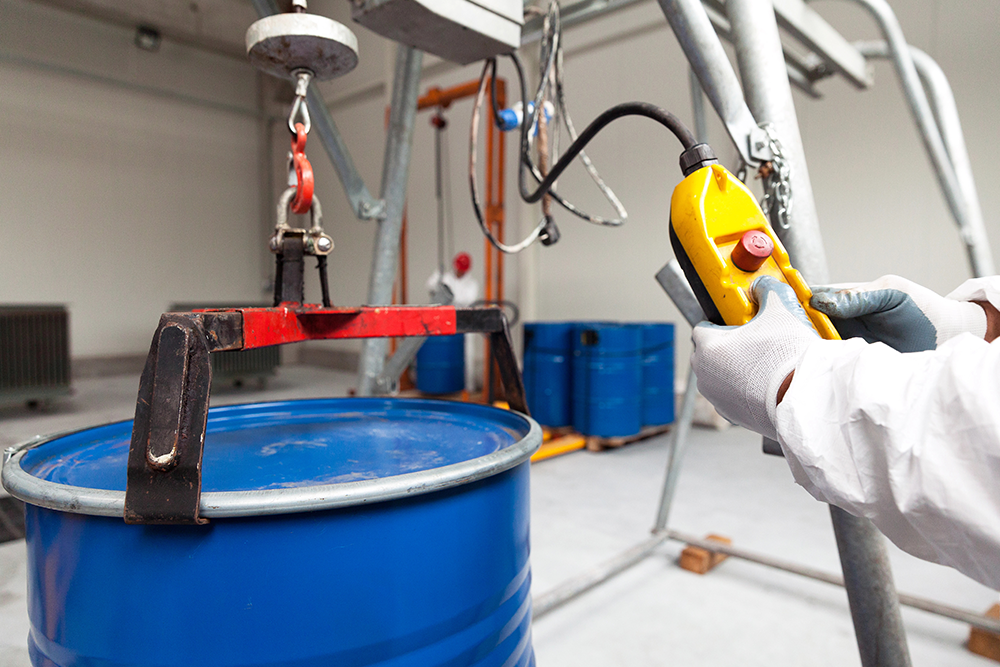The Basics Of Hazardous Waste Management

Hazardous waste management is the practice of safely handling, storing, treating, and disposing of waste materials that pose risks to health and the environment. This includes anything from industrial by-products to chemical contaminants that, if unmanaged, can have long-lasting effects on ecosystems and public health.
With expertise in environmental engineering, Coleman Environmental Engineering, LLC is equipped to handle hazardous waste responsibly, ensuring regulatory compliance and environmental safety.
Defining Hazardous Waste
Hazardous waste includes materials that are ignitable, corrosive, reactive, or toxic, as defined by the U.S. Environmental Protection Agency (EPA). These characteristics make the materials potentially dangerous, and they require special treatment to prevent adverse effects. Typical sources include manufacturing facilities, labs, and construction sites, generating waste that can contaminate soil, air, and water if improperly managed.
Regulatory Framework
In the United States, hazardous waste management is governed by the Resource Conservation and Recovery Act (RCRA), which mandates a “cradle-to-grave” approach. This framework ensures that waste is tracked from creation through disposal, with waste generators, transporters, and disposal facilities all playing a role. Strict protocols prevent hazardous waste from contaminating the environment and maintain public safety. Organizations failing to comply can face significant penalties.
Types of Hazardous Waste
Hazardous waste is classified into four main categories:
- Listed Wastes: Specific wastes identified by the EPA, such as solvents and pesticides, which require designated handling.
- Characteristic Wastes: Defined by properties like ignitability, corrosivity, reactivity, and toxicity.
- Universal Wastes: Common items such as batteries, pesticides, and fluorescent lights, which, while less strictly regulated, still require safe handling.
- Mixed Wastes: Hazardous wastes that also contain radioactive materials, needing specialized disposal methods.
Each category has tailored handling and disposal requirements, ensuring materials are managed according to their risks.
Safe Storage and Handling Practices
Proper storage and handling prevent leaks, spills, and exposure to hazardous materials. Storage involves keeping waste in labeled, secure containers that are equipped to prevent environmental contamination. Workers handling hazardous waste must follow established procedures and use personal protective equipment (PPE) to minimize exposure risks. This is especially important for corrosive or toxic materials that could harm both personnel and the environment.
Transporting and Disposing of Hazardous Waste
Once hazardous waste is securely contained, it must be transported to licensed disposal facilities equipped to handle its specific risks. This requires specialized vehicles and containment measures to prevent leaks, spills, or accidental exposure. Liquid hazardous waste, for example, may be transported in spill-proof tanks, while solid waste might be enclosed in sealed containers to prevent the release of airborne particles.
Disposal facilities employ different methods based on the nature of the waste:
- Incineration: Hazardous waste is burned at high temperatures, effectively breaking down toxic chemicals into less harmful by-products. This method is especially useful for waste that cannot be recycled or stored safely, such as organic materials contaminated with pathogens.
- Chemical Treatment: Chemical processes are applied to neutralize or detoxify hazardous substances, converting them into non-toxic compounds. This method is frequently used for reactive or corrosive wastes that can be chemically stabilized before disposal.
- Recycling: Where possible, facilities extract reusable materials from hazardous waste, reducing waste volume and enabling safe resource recovery. This approach is valuable for items like batteries, metals, and certain chemicals, turning hazardous waste into a source for new materials.
At Coleman Environmental Engineering, LLC, our disaster recovery and debris management services incorporate these methods to ensure responsible disposal and minimize environmental impact.
Environmental and Health Impacts
Mismanaged hazardous waste can lead to contamination of soil, water, and air. For instance, toxic chemicals in groundwater can affect drinking water supplies, while airborne particles pose respiratory risks. Hazardous substances like heavy metals and pesticides can accumulate in ecosystems, endangering wildlife and entering the food chain. Effective hazardous waste management safeguards these resources, protecting both the environment and public health.
The Role of Technology in Hazardous Waste Management
Advancements in technology have improved hazardous waste management practices, enhancing safety and regulatory compliance. Digital tracking systems, for example, provide real-time monitoring and ensure that waste is processed correctly. Treatment innovations like chemical neutralization and advanced filtration reduce the environmental footprint of waste, helping organizations stay compliant with environmental standards.
Coleman Environmental Engineering, LLC uses cutting-edge technologies in remedial construction and hazardous waste management, ensuring safety and efficiency in every project.
The Importance of Professional Waste Management
Professional hazardous waste management is essential to ensure compliance, safety, and environmental responsibility. Managing hazardous materials goes beyond simply following protocols; it involves protecting communities, supporting sustainable practices, and maintaining clean and safe surroundings.
By incorporating professional practices, including proper classification, handling, and disposal methods, organizations not only meet legal requirements but also contribute to a safer, cleaner world. Coleman Environmental Engineering, LLC is dedicated to offering responsible hazardous waste management, prioritizing safety, regulatory compliance, and environmental stewardship.

